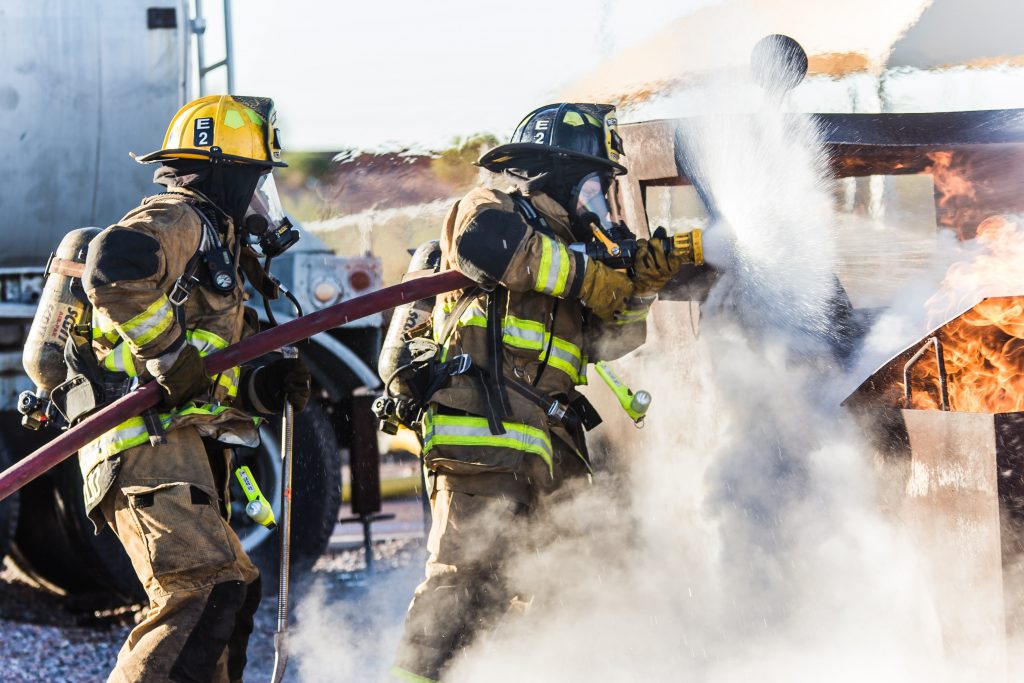
What is the problem?
We expect some firefighters’ tasks to be very difficult. To understand real-world problems researchers often study simulated firefighting tasks. It is important this testing be safe and yet have a high enough intensity to provide useful information about firefighting tasks.
How did the team study the problem?
We used a process that finds and summarizes research studies on a specific topic. In this case, our topic was how difficult simulated firefighting tasks are in studies that included Canadian firefighters. We found all the studies that measured simulated firefighting tasks in electronic libraries from April 1999 until April 2019. We picked studies that included Canadian firefighters or healthy individuals doing firefighting work under controlled conditions (not during live fire). We summarized the research findings about how hard firefighters’ hearts had to pump (heart rate) and how much oxygen firefighters had to use to do the tasks.
What did the team find?
We found 10 studies with a total of 492 people. On average, heart rate reached during firefighting work was 86% of the maximum safe heart rate. It was similar for men and women. Firefighters had to use 65% of their maximum oxygen capacity to do the tested firefighting tasks. Overall, this data indicated that simulated firefighting tasks are very physically demanding.
How can this research be used?
We recognize that simulated firefighting tasks are not likely to be as difficult as real-world firefighting tasks. However, this FIREWELL summary of existing research shows us that simulated firefighting tasks are very difficult and place physiological stress on the body. The good thing about this is they are likely help us understand the effect of real firefighting tasks. This study also shows us that it is important to have safety procedures in place during training or research tests to prevent injuries. The research suggests that it is important to have appropriate physical fitness, task, and safety training to meet the demands of firefighting tasks.
Cautions
Our study summarized research about the demands of firefighting tasks in controlled training environments. This research helps us understand real-life situations, but simulated tasks are likely to be less demanding than what happens in real-life situations. There is a wide range of responses between firefighters, and averages do not describe all firefighters.
Funding Sources: Joy C. MacDermid was supported by a CIHR Chair in Gender, Work and Health and the Dr. James Roth Research Chair in Musculoskeletal Measurement and Knowledge Translation.
